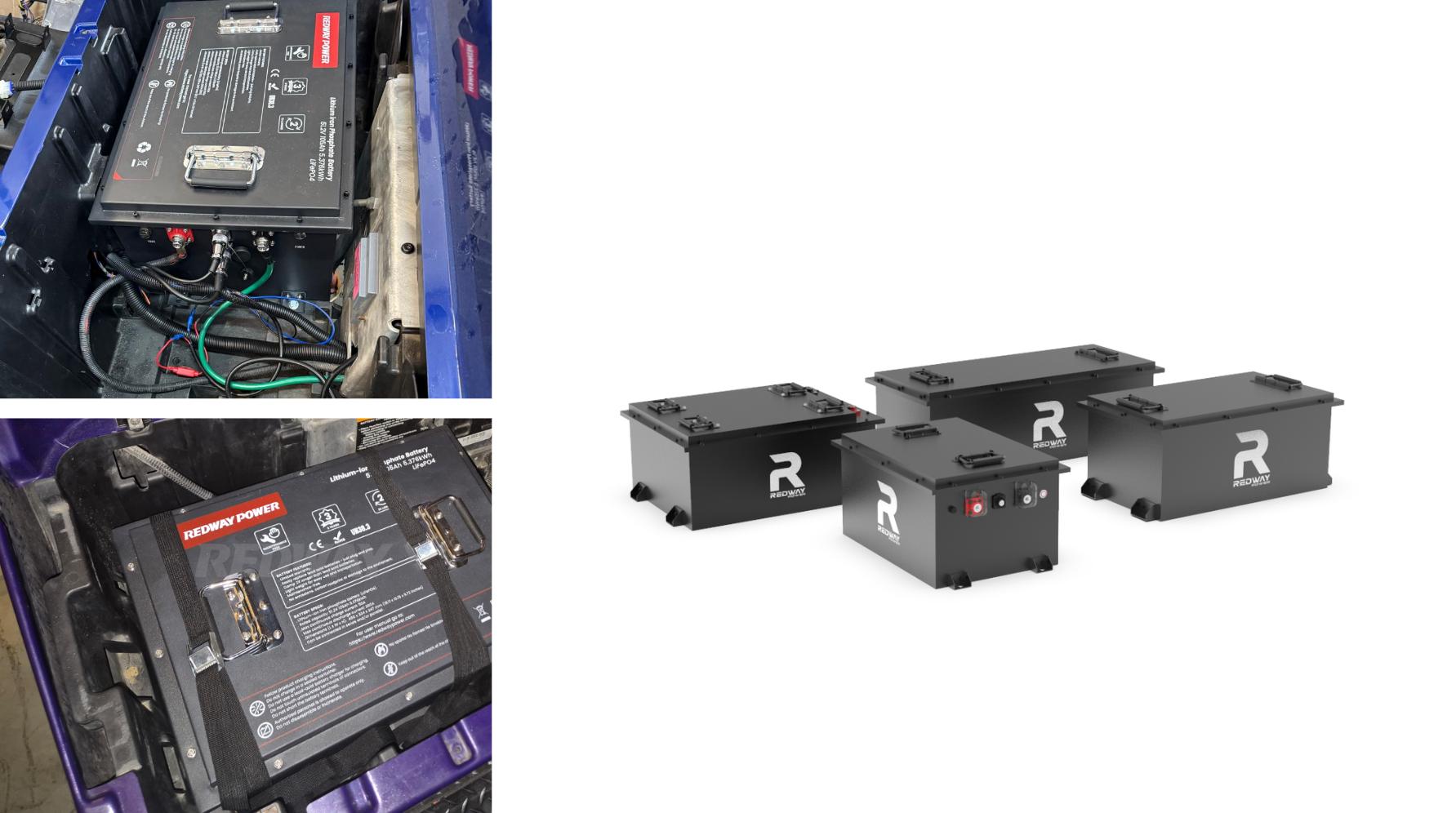Regular maintenance, including cleaning terminals, checking water levels, and avoiding deep discharges, prevents corrosion and sulfation. These practices minimize energy loss and extend battery lifespan by up to 5 years. Monthly voltage checks and balanced charging cycles further ensure optimal performance.
48V 200Ah LiFePO4 Golf Cart Battery (Long Size)
Proper maintenance schedules vary by battery type. For lead-acid batteries, monthly checks of electrolyte levels are critical, as low levels expose plates to air, causing irreversible sulfation. AGM batteries, while sealed, still benefit from terminal cleaning to prevent resistance buildup. A consistent maintenance routine can prevent up to 90% of common battery issues.
“A 10-minute monthly inspection can save hundreds in replacement costs,” notes a Tesla Powerwall technician. “Focus on connections and hydration—these are the lifelines of lead-acid systems.”
| Maintenance Task | Lead-Acid | AGM | Lithium-Ion |
|---|---|---|---|
| Terminal Cleaning | Monthly | Quarterly | Biannually |
| Water Refill | Every 2-4 weeks | Not Required | Not Required |
| Voltage Check | Monthly | Monthly | Quarterly |
Balanced charging involves using a charger that distributes energy evenly across all cells, preventing undercharged or overcharged cells from degrading the pack. This is especially crucial for golf carts with multiple batteries wired in series, where one weak cell can drag down the entire system. Implementing a desulfation charger mode periodically can also reverse early-stage sulfation in lead-acid models.
What Are the Essential Steps for Cleaning and Inspecting Batteries?
Disconnect batteries, scrub terminals with baking soda-water mix, rinse, and dry. Inspect for cracks, leaks, or swollen cases. Tighten loose connections and apply anti-corrosion gel. Wear gloves and goggles to avoid acid exposure. Clean monthly to prevent buildup affecting conductivity.
36V 50Ah LiFePO4 Golf Cart Battery
How Does Charging Technique Affect Battery Health?
Avoid partial charging; fully recharge after each use to prevent sulfation. Use a smart charger with automatic shutoff to prevent overcharging. Charge in well-ventilated areas at room temperature. Never let batteries drop below 20% charge. Lithium-ion requires specific chargers; lead-acid needs equalizing charges monthly.
Know more:
What Are the Best Custom Golf Cart Battery Options?
What Are the Best Deep Cycle Batteries for Golf Carts and How Do They Work?
What Makes Trojan Golf Cart Batteries the Top Choice?
How to Maintain Golf Cart Batteries for Optimal Performance?
How Can Golf Cart Battery Upgrades Improve Performance and Efficiency?
How to Optimize Golf Cart Battery Charging for Longevity?
What Are the Signs of a Failing Golf Cart Battery?
Symptoms include reduced speed, shorter drive range, swollen cases, and sulfur smells. Voltage drops below 6.3V per cell (lead-acid) or sudden capacity loss in lithium-ion. Corroded terminals and frequent water top-offs also indicate degradation. Test voltage monthly and replace if capacity falls below 70%.
48V 50Ah LiFePO4 Golf Cart Battery
Which Battery Type Is Best Suited for Your Golf Cart?
Lead-acid batteries are affordable but require maintenance. AGM (absorbent glass mat) variants are spill-proof and durable. Lithium-ion offers 2-3x longer lifespan, faster charging, and lighter weight but costs 3x more. Choose based on budget, usage frequency, and desired maintenance level.
Selecting the right battery type depends on your specific needs. Lead-acid batteries, while cost-effective, demand regular upkeep—making them suitable for users comfortable with monthly maintenance. AGM batteries strike a middle ground with minimal maintenance and better durability, ideal for moderate use. Lithium-ion batteries, despite higher upfront costs, provide long-term savings through extended lifespans and reduced downtime.
“Lithium-ion is the future for frequent golfers,” states a Club Car engineer. “The weight reduction alone improves cart efficiency by 15%, and the lifespan justifies the investment within two seasons.”
| Feature | Lead-Acid | AGM | Lithium-Ion |
|---|---|---|---|
| Lifespan | 3-5 years | 4-6 years | 8-10 years |
| Weight (lbs) | 60-70 | 50-60 | 25-35 |
| Cost | $200-$300 | $300-$400 | $900-$1,200 |
| Maintenance | High | Low | None |
For casual users playing monthly, lead-acid remains a practical choice. However, golf courses or daily riders benefit most from lithium-ion’s rapid charging and longevity. Always verify your cart’s voltage compatibility—most lithium conversions require 48V systems matched with appropriate controllers.
How Do Temperature Extremes Impact Battery Performance?
Cold temperatures slow chemical reactions, reducing capacity by 20-30%. Heat above 100°F accelerates water loss and plate corrosion. Store batteries at 50-80°F. Insulate compartments in winter; avoid direct sunlight in summer. Extreme temps can permanently damage cells.
36V 80Ah LiFePO4 Golf Cart Battery
Why Are Regular Voltage Checks Crucial for Battery Maintenance?
Voltage checks identify weak cells before failure. Lead-acid should read 12.6-12.8V when fully charged. Lithium-ion ranges from 13.2V (50%) to 14.6V (full). Use a multimeter monthly. Replace batteries if voltage drops 10% below spec under load.
What Are the Best Practices for Off-Season Battery Storage?
Charge to 50% for lithium-ion, 100% for lead-acid before storage. Disconnect terminals, clean, and store in cool, dry locations. Recharge lead-acid every 6-8 weeks; lithium-ion every 3 months. Avoid concrete floors—use wooden pallets to prevent temperature fluctuations.
36V 100Ah LiFePO4 Golf Cart Battery
“Consistency is key,” says a Redway battery engineer. “Voltage logs and scheduled maintenance prevent 80% of failures. For lithium-ion, avoid full discharges—partial cycles (20-80%) extend life. With lead-acid, distilled water levels must stay above plates. Never mix old and new batteries; imbalance strains the entire pack.”
- Q: How often should I water lead-acid batteries?
- A: Check every 2-4 weeks; fill with distilled water to ¼” above plates.
- Q: Can I upgrade to lithium-ion without modifying my cart?
- A: Yes, but ensure the charger and voltage regulator are compatible.
- Q: Why does my battery drain overnight?
- A: Parasitic drains (e.g., lights, GPS) or faulty wiring. Use a disconnect switch.



